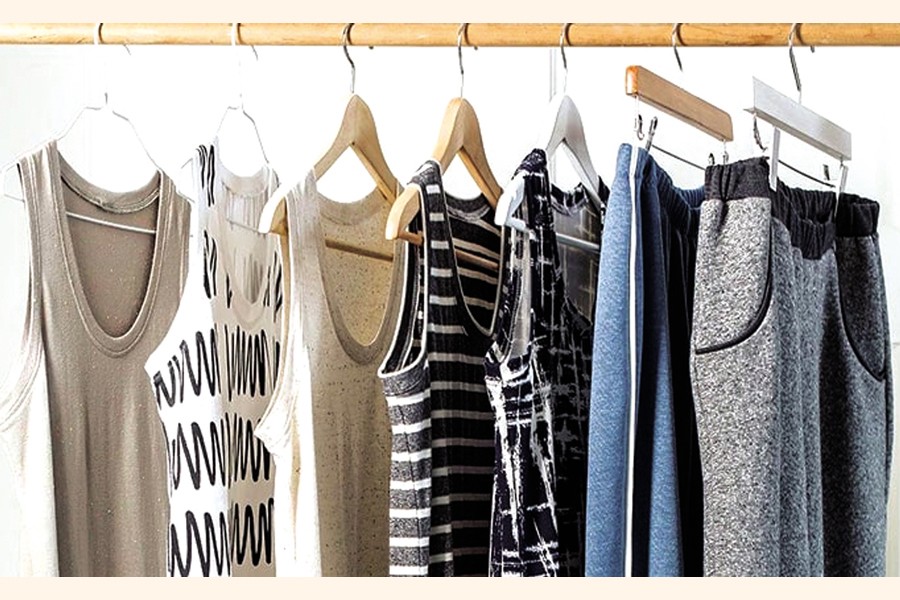
The contribution of knitwear items to the country's total export earnings reached over 47 per cent, making it the top foreign currency earner in the last calendar year (2023).
An analysis showed Bangladesh fetched US$55.78 billion from merchandise shipments in 2023 while US$47.38 billion or 84.98 per cent came from readymade garment (knit and woven) exports.
Some $26.55 billion came from knitwear items, accounting for 47.60 per cent, and $24.71 billion or 37.33 per cent from woven garments.
In 2022, RMG exports were $45.70 billion against total export earnings of $54.70 billion, data showed.
Exporters attributed the knit subsector's achievement to the strong backward linkage, its capacity to ensure quick delivery of products, and the government's policy support, among others.
Knitwear exporters said the government policy supports like the cash incentive and utilities have helped the entrepreneurs to invest in the subsector, including the backward linkage yarn, fabric and dying segments.
Besides, changing patterns in fashion and buyers' preference for quick delivery of products also pushed buyers to source knit items from the country, they added.
T-shirt, jersey, pullover, men, women and boy's trousers, men or boys' shirts are the major knit items mainly shipped to the European Union (EU), according to the industry people.
On the other hand, woven exporters blamed absence of required backward linkage in the segment as the demand for woven fabric is mostly met through imports resulting in a long lead time.
According to Bangladesh Textile Mills Association (BTMA), local spinners can meet 85-90 per cent demand for yarn of the knitwear exporters while up to 40 per cent yarn demand for woven garment.
When asked, Fazlee Shamim Ehsan, vice president of Bangladesh Knitwear Manufacturers and Exporters Association (BKMEA), attributed the subsector's growth to the changing global fashion trends, strong backward linkage industry and their ability to produce a variety of items.
During the Covid-19 pandemic, people used to wear informal and comfortable knitted items during their stay at home while the trend still continues as consumers prefer to wear such items outside, he added.
Besides, they are able to comply with shorter lead time than that of the woven segment as they can source raw materials from the local market.
"Also we can produce a wide range of items like sportswear and technical wear at the existing setup which is also cost effective," he noted, adding that the buyers are placing more orders for knitted items.
All these, along with the government policy support including the cash incentive, have helped the subsector to grow further, the BKMEA leader added.
Explaining the bottlenecks of woven subsector, an exporter said the majority of their required raw material like fabric is met through imports.
They need huge investment while complex banking procedures are also not encouraging the entrepreneurs to invest in woven backward linkage, he added.
Industry insiders said the composite units having their own knitting, dying, sewing and finishing facilities are other strengths.
After the tragic industrial accidents like Tazreen and Rana Plaza building collapse, the buyers became more cautious about safety, they said.
Renowned brands and retailers now prefer their sourcing units to have more integrated facilities like washing, printing and embroidery on either same premise or under single ownership mainly to ensure compliance in their whole supply chain, they said.
© 2024 - All Rights with The Financial Express
